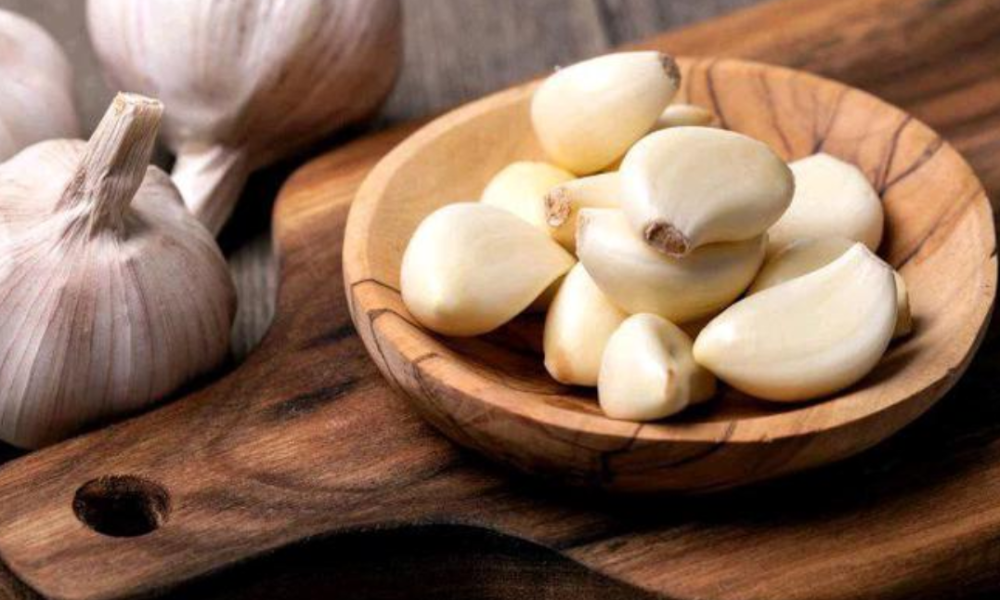Ever wondered why you experience tooth sensitivity, staining, and continuous tooth decay despite being devoted to brushing your teeth?…Click Here To Continue Reading>>
The reason for this could be linked to how you clean your teeth.
Although many of us spend plenty of time brushing our teeth twice a day, the results mean absolutely nothing, when a “proper clean” is not doing what it intended to do. As a result, you experience the effects as mentioned above.
This is because many have fallen into the trap of doing a…Read Full Story….>>>
water rinse right after they have brushed their pearly whites.
The first thing you need to do is find a proper toothpaste that contains fluoride.
According to toothpaste manufacturer Colgate, fluoride in toothpaste has played a big role in reducing cavities and improving people’s overall health around the world. This is because this mineral plays a vital role in providing your teeth with a protective barrier that protects them from the food you consume and the buildup of plaque.
Health and wellness information hub, Healthline, explains that toothpastes that contain fluoride and other ingredients meant to strengthen your tooth enamel might need a bit of extra time on the surface of your teeth for you to get their full benefit.…Click Here To Continue Reading>>
While the immediate urge to brush, spit and rinse is often the thing that we are used to doing, it is best to avoid the last step of the routine as rinsing is known to wash away the concentrated fluoride in the remaining toothpaste and exposes teeth to staining, explains the medical information hub NHS.
In addition, the above-mentioned source says that it is important to use a mouthwash that contains fluoride. After getting a mouthwash containing fluoride, it is best to not rinse immediately after brushing one’s teeth – instead, mouthwashes are most suitably used after having a meal.
Colgate has provided the following tips on how you can practice good oral hygiene:
Step 1: Start with the outer surfaces of your teeth. Take your time! Gently brush upper and then lower teeth. Going tooth by tooth can help you slow down and not miss any spots.
Step 2: Tilt your brush at a 45° angle. Brush against the gumline to get rid of any trapped plaque or food debris. Gently move the brush back and forth using short, tooth-wide strokes.
Step 3: Brush the inner surface of your teeth. Because the insides of your teeth are not as visible, skipping them is tempting –but these inner surfaces are just as vulnerable to plaque. Use a 45° angle to brush back and forth to clean the inside surfaces of the teeth.
Step 4: Clean the chewing surfaces of your teeth. Don’t forget to use short back-and-forth strokes to brush the tops of your back teeth, where food can easily get trapped.
Step 5: Brush your tongue. For fresher breath, brush your tongue to remove odour-causing bacteria.
…Click Here To Continue Reading>> …Click Here To Continue Reading>> …Click Here To Continue Reading>> …Click Here To Continue Reading>>







